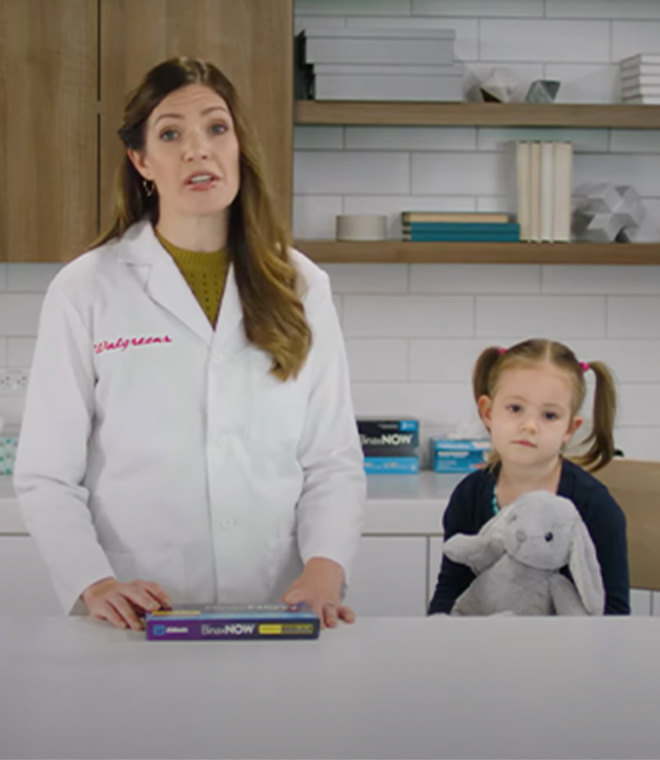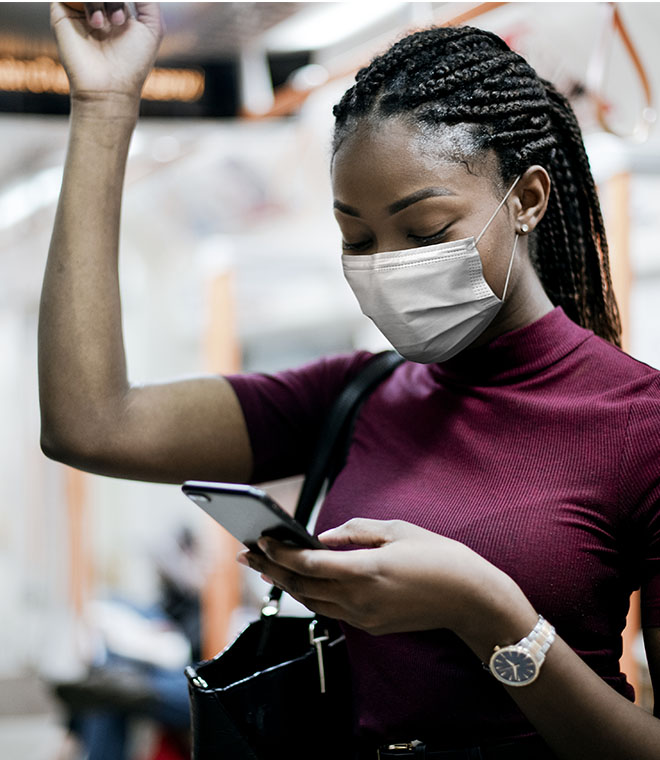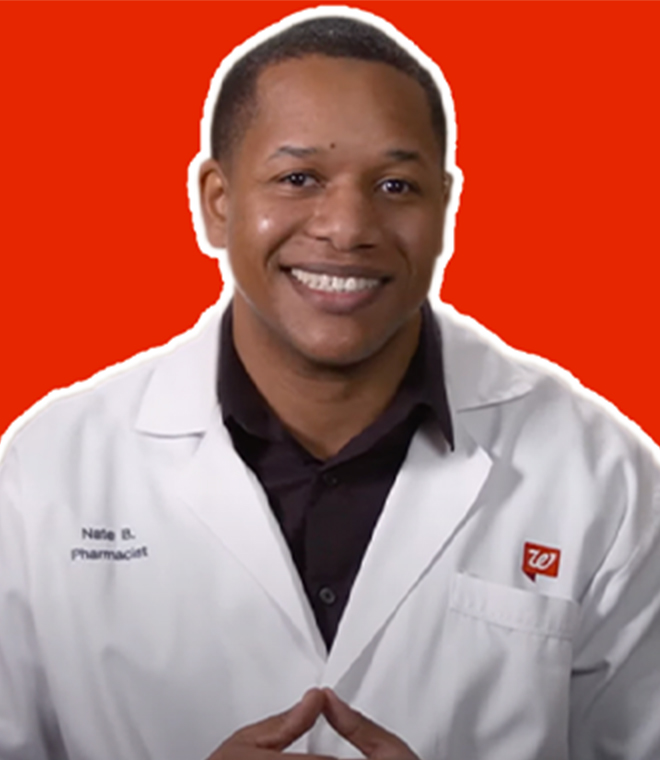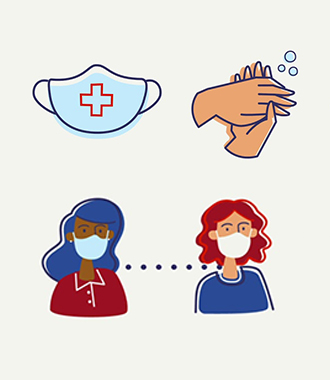Health
How to choose a face mask for COVID-19
Feb 01, 2022 • 3 min
Which type of face mask should you choose?
Masks are an important tool in the fight against the spread of COVID-19. To protect yourself and others from the virus, the Centers for Disease Control and Prevention (CDC) recommends that you wear the most protective mask possible that you will use regularly and that fits well.
Masks and respirators can provide different levels of protection, depending on the type of mask and how they are used. Respirators (specialized filtering masks such as N95) provide filtered protection against droplets and virus particles that may be present in the air and are recommended as the best protective mask option. Disposable surgical masks offer more protection than cloth or other woven masks, but less protection than respirators.
When choosing a mask, look at how well it fits. If your mask has gaps or does not fit your face well, it may not provide as much protection against COVID-19.
To make sure your mask is protective and has a proper fit, you should:
- Make sure your mask fits snuggly over your nose, mouth and chin.
- Check for gaps between the outside edges of the mask and your face by cupping your hands around the edges and feeling for your breath. Make sure no air/breath is leaking from areas near your eyes or from either side of the mask. If your mask fits your face well, you should feel warm air come through the front of the mask. The mask material may move in and out with each breath.
- Check any fabric mask by holding it up to a bright light source and making sure light does not shine through. If so, the fabric may not be as thick or tightly woven as needed to be protective.
- Pinch any nose bridge in your mask to fit closely to your nose.
- Follow any instructions given with your mask.
- Choose a mask that is comfortable enough for you to wear and allows you to breathe easily when wearing it.
Wearing a mask is a way to protect others as well as yourself from COVID-19. Whichever one you choose, it should be the most protective mask possible, fit snuggly against all sides of your face, cover your mouth and nose, and be comfortable enough for you to wear routinely.
Clinically reviewed and updated by Julie McDaniel, MSN, RN, CRNI, IgCNm, February 2022.



